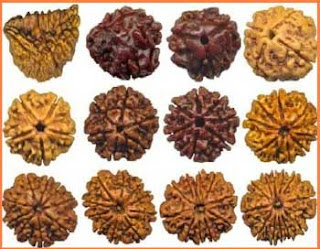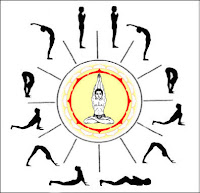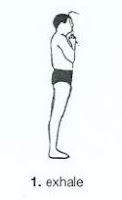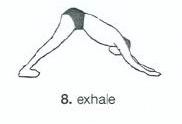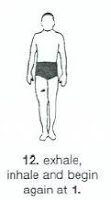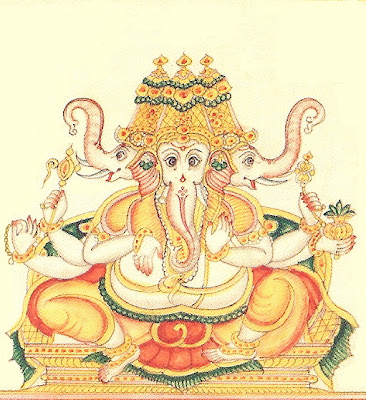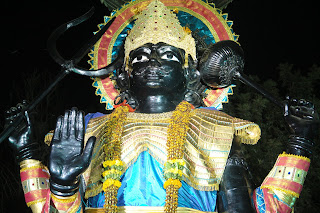Pongal festival is one of the
most popular festivals celebrated mainly in South India. Pongal is a
harvest festival and is celebrated for 4 days. Tamil Pongal festival
starts from the last day of Margazhi month and ends on the third day of
Thai month. The first day of Pongal is celebrated as Bhogi Pongal, the
second day as Surya Pongal, third day as Maatu Pongal, and final day as
Kaanum Pongal. This year, the date of 2013 Pongal festival date is from 13th January to 16th January 2013.
Four Days of Pongal Festival in Tamilnadu
First Day - Bhogi Pongal
Bhogi is celebrated in honor of Lord Indra who is worshiped for
bestowing adequate harvest. On the day of Bhogi, people throw away and
destroy old clothes and materials and set them on fire. This marks the
end of the old Thai and the arrival of the new Thai. People draw Kolams
(floor designs drawn using white paste of newly harvested rice) to
decorate their houses. Also, fresh harvest of rice, turmeric and
sugarcane are brought from the field as a preparation for the next day.
Before cutting the paddy, special puja is performed. The farmers smear
their ploughs and other tools with sandalwood paste and worship the sun
and earth.
This is the day when people throw useless household articles into a fire
made of wood and cow-dung cakes. Dances are performed by girls around
the bonfire and songs are sung in praise of the gods, the spring and the
harvest. In 2013, Bhogi Pongal date is on 13th January 2013.
Second Day – Thai Pongal
Also known as 'Surya Pongal', Thai Pongal day is dedicated to Lord Surya, the Sun God. This  festival
marks the first day of the Tamil month of Thai and this is the day on
which the celebration begins. New rice is collected on the day and
cooked in pots until they over flow. The pots are decorated with
flowers, sugarcane pieces and turmeric plants. With the first offering
made to the Sun, the overflowing of rice is the festive occasion where
people shout Pongal-o-Pongal!
festival
marks the first day of the Tamil month of Thai and this is the day on
which the celebration begins. New rice is collected on the day and
cooked in pots until they over flow. The pots are decorated with
flowers, sugarcane pieces and turmeric plants. With the first offering
made to the Sun, the overflowing of rice is the festive occasion where
people shout Pongal-o-Pongal!
Sun God is offered boiled milk and jaggery. The image of the Sun God is
drawn on a board and Kolam designs are drawn around it. Then Puja is
offered to Sun God to seek his blessings. People prepare a dish called
venpongal, a combination of rice with dhal and sugar. They also prepare
with dhal and jaggery (sweet), called Sarkarai pongal. In 2013, Thai Pongal date is on 14th January 2013.
Third Day - Maatu Pongal or Mattu Pongal
This day is dedicated to cattle and hence called as Maatu Pongal or
Mattu Pongal. On Maatu Pongal day, prayers are offered to bulls, cows
and other farm animals which help for agriculture. Farmers clean their
cattle, paint the horns and cover with shining metal caps. They also tie
multi-colored beads, tinkling bells, bunch of corn and flower garlands
around their necks. People  worship the cattle by bending down, touching their feet and foreheads and Aarati is shown. The cattle are then fed with Pongal. In 2013, Maatu Pongal date is on 15th January 2013.
worship the cattle by bending down, touching their feet and foreheads and Aarati is shown. The cattle are then fed with Pongal. In 2013, Maatu Pongal date is on 15th January 2013.
Jallikattu
The highlight of Maatu Pongal day is the bull festival called Jallikattu
or taming the wild bull. Jallikattu is generally seen in villages where
the young men participate with more enthusiasm. One of the most popular
events is the one held at Alanganallur, near Madurai. Jallikattu is
also called as Manju Virattu which means chasing the bull.
Fourth Day - Kaanum Pongal
Kaanum Pongal, also spelled Kanum Pongal, is the final day of Pongal
celebrations. Kaanum pongal is also known as Thiruvalluvar Day. Kaanum
means to view and on this day, people meet other family members to enjoy
the day. Younger members of the family pay homage to the elders and the
elders thank them by giving money. This day is marked to thank friends
and relatives for their help in the harvest. Some people take the first
bit of rice cooked and set it outside for the crows to eat. In 2013, Kaanum Pongal date is on 16th January 2013.


